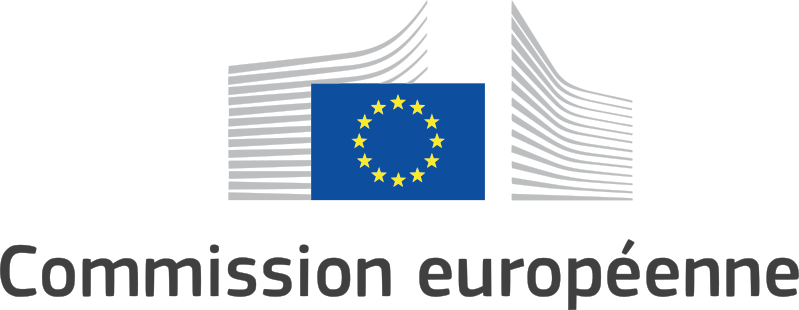ESR15
|
Grigory Karateev: ESR-15 Institution: EPFL Nationality: Russian |
|
The aim of this project is to develop bioconjugates suitable for imaging and treatment of the ovarian cancer. The initial studies will be focused on synthesis of bifuntional bioligands bearing moieties both for optical imaging readout and for chelating radioactive metal. Furthermore, studies will include preliminary validation on small animal models as a proof of concept. |
Post no.
ESR (CH4)
Duration
36 months
Work package
WP2, D2.CH2 (or D2.CH1?) : Bifunctional fluorescent and PET/treatment bioligand for ovarian cancer
Recruiting partner
HUG, Switzerland
Objective
Develop and validate new bifunctional fluorescent and radioactive bioligand for ovarian cancer
Expected results
These reagents will consist of three major parts:
- a bioligand for targeting of ovarian cancer;
- a fluorophore for optical readout;
- and a chelator for radiolanthanide such as Terbium (Tb).
The first application of these probes would be to study their specific binding to ovarian cancer cells first in cell culture followed by biodistribution studies in animal models of ovarian cancer. The initial studies will be focused on folate receptor-alpha targeting moiety because several studies revealed that it is increased in 90–95% of patients with epithelial ovarian cancer. Moreover, the absence of folate receptor-alpha on healthy cells provides high tumor-to-normal ratios making this targeting moiety a good target for both imaging and therapeutic. Indocyanine green (ICG) will be a first choice of fluorescent reagent because of its extensive use in clinic. Terbium is known to possess excellent chelation properties to diethylene triamine pentaacetic acid (DTPA) and therefore this compound will be used in the construction of the final conjugates. In some biodistribution studies the chelate will be replaced with 11C isotope.
Enrolment for PhD at EPFL, Switzerland
Planned secondment(s)
Advanced Accelerator Applications, France – 3 months – Radiopharmaceutical synthesis automated production modules

